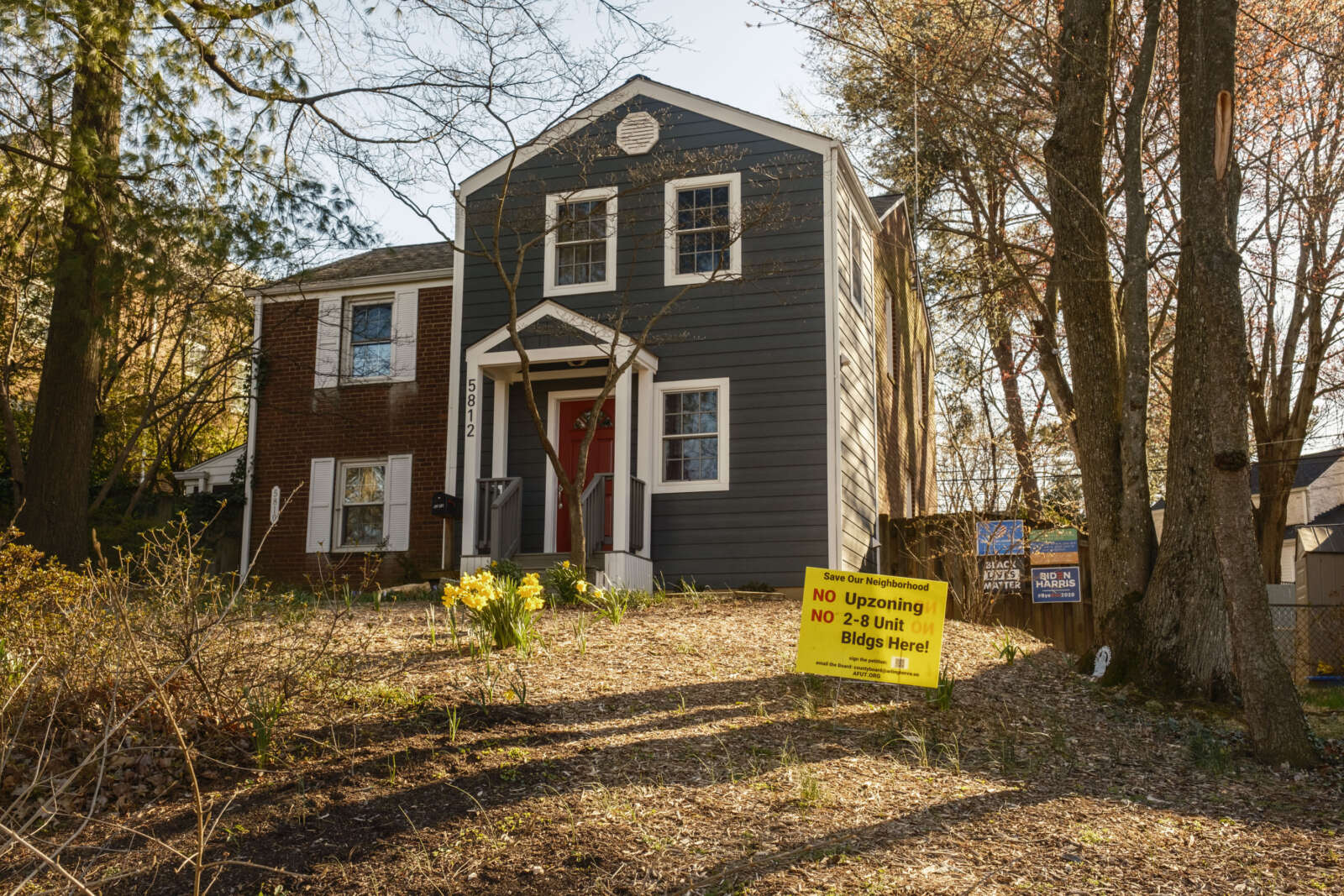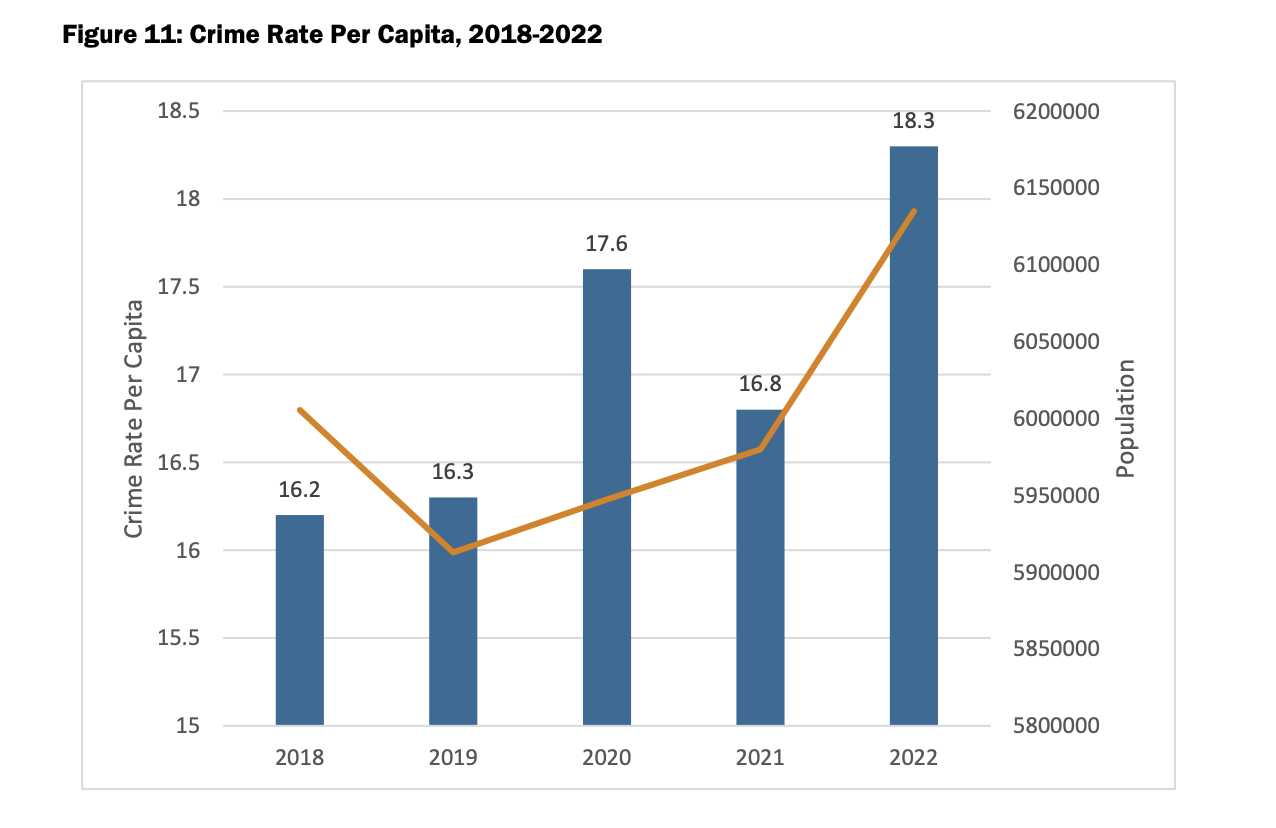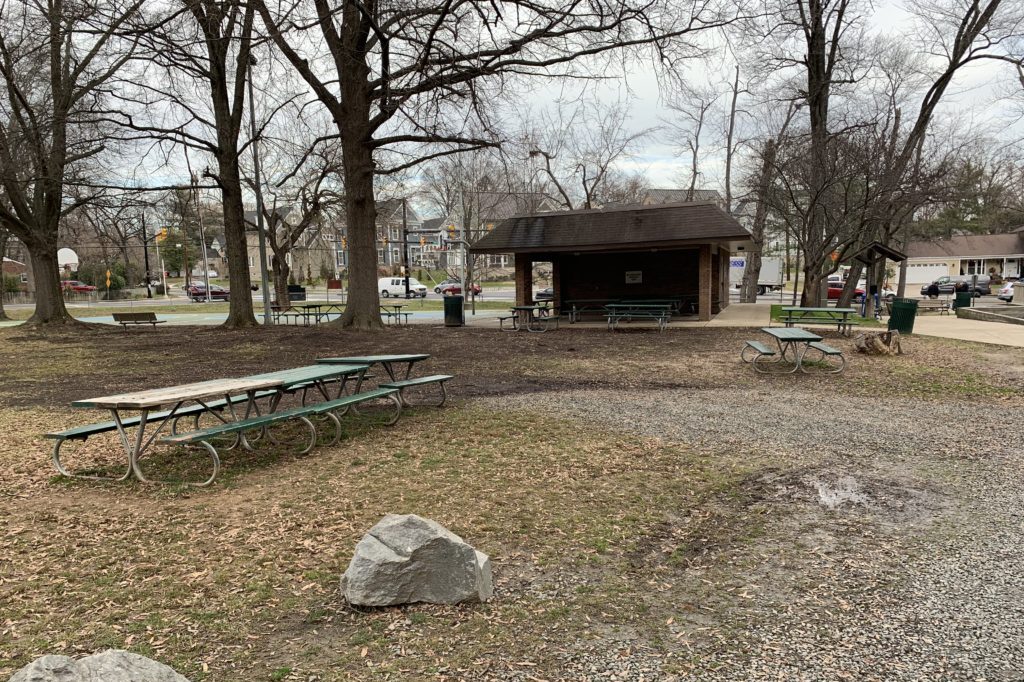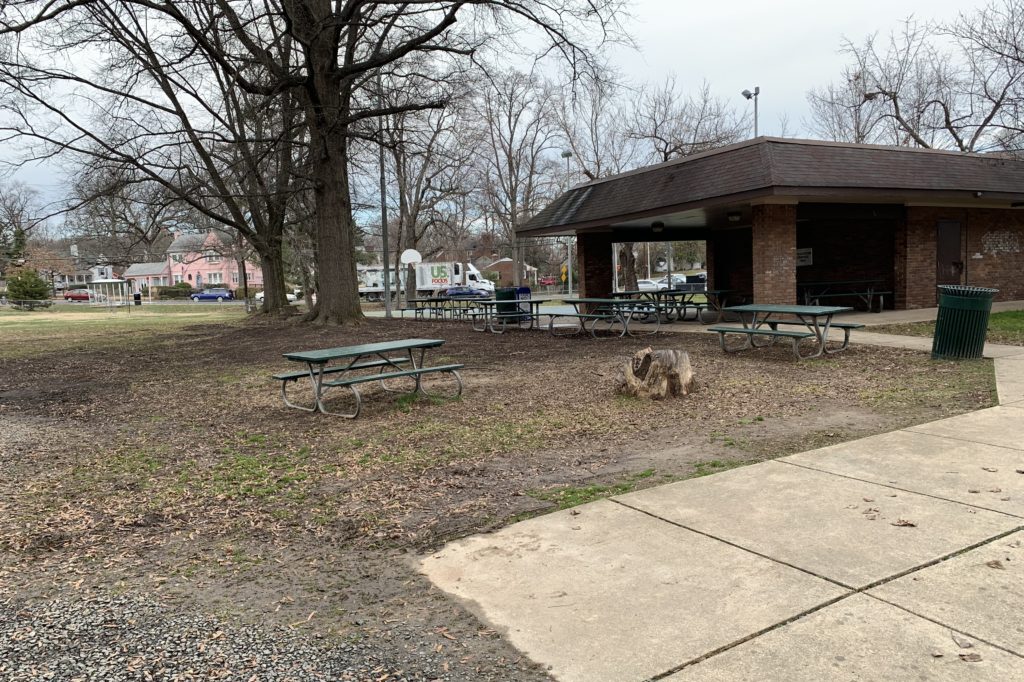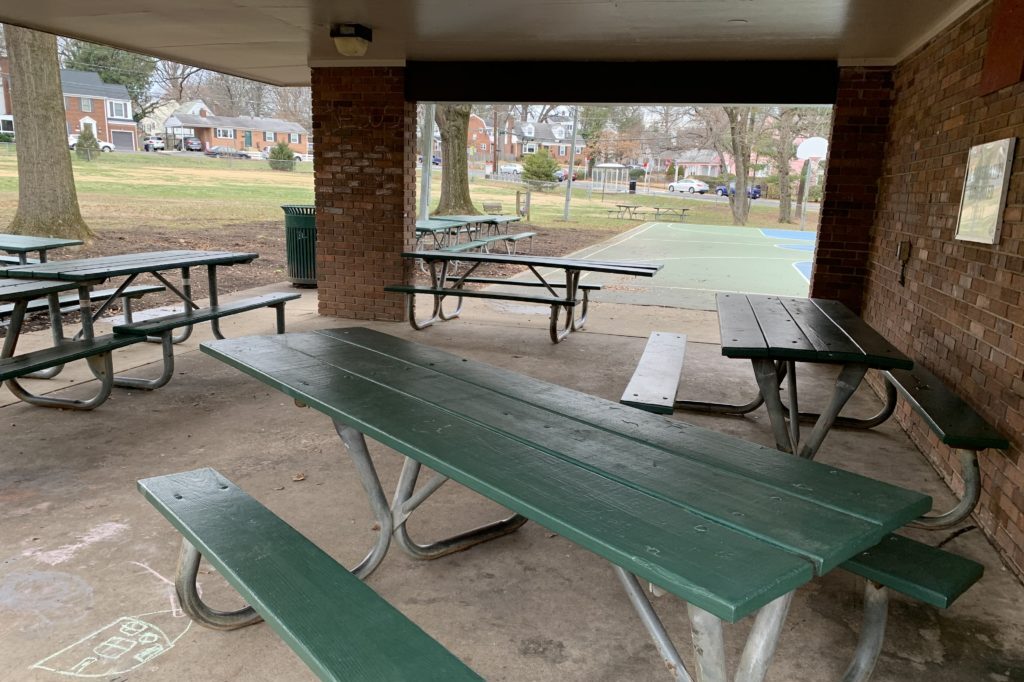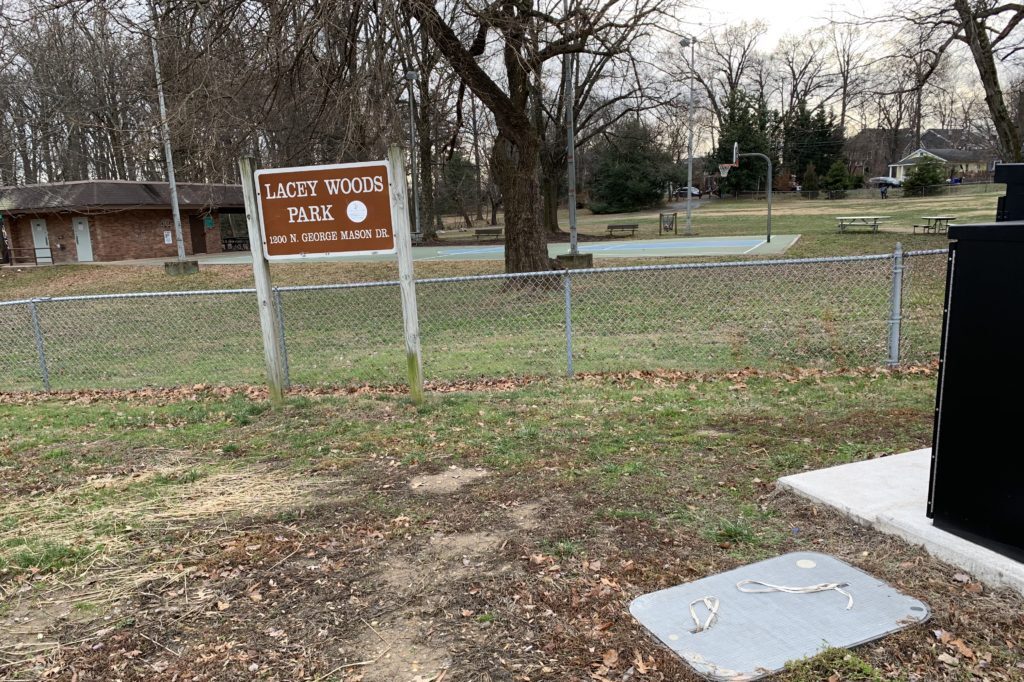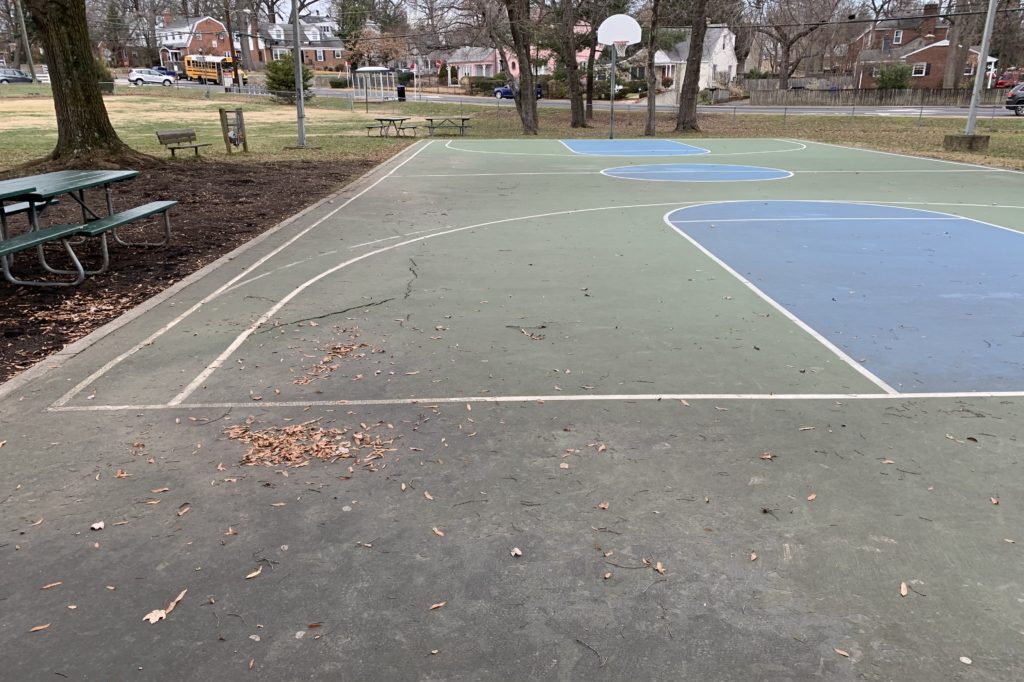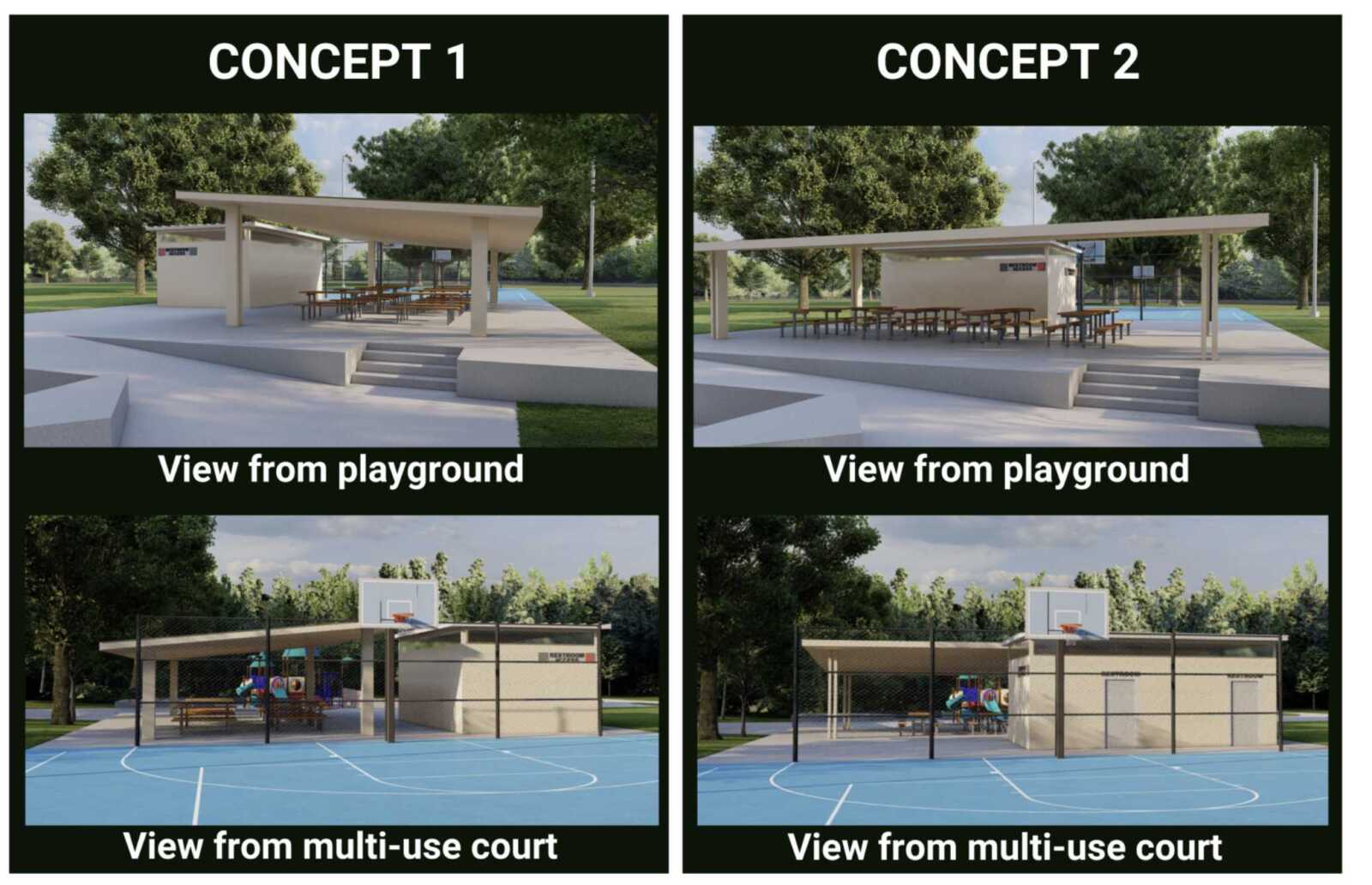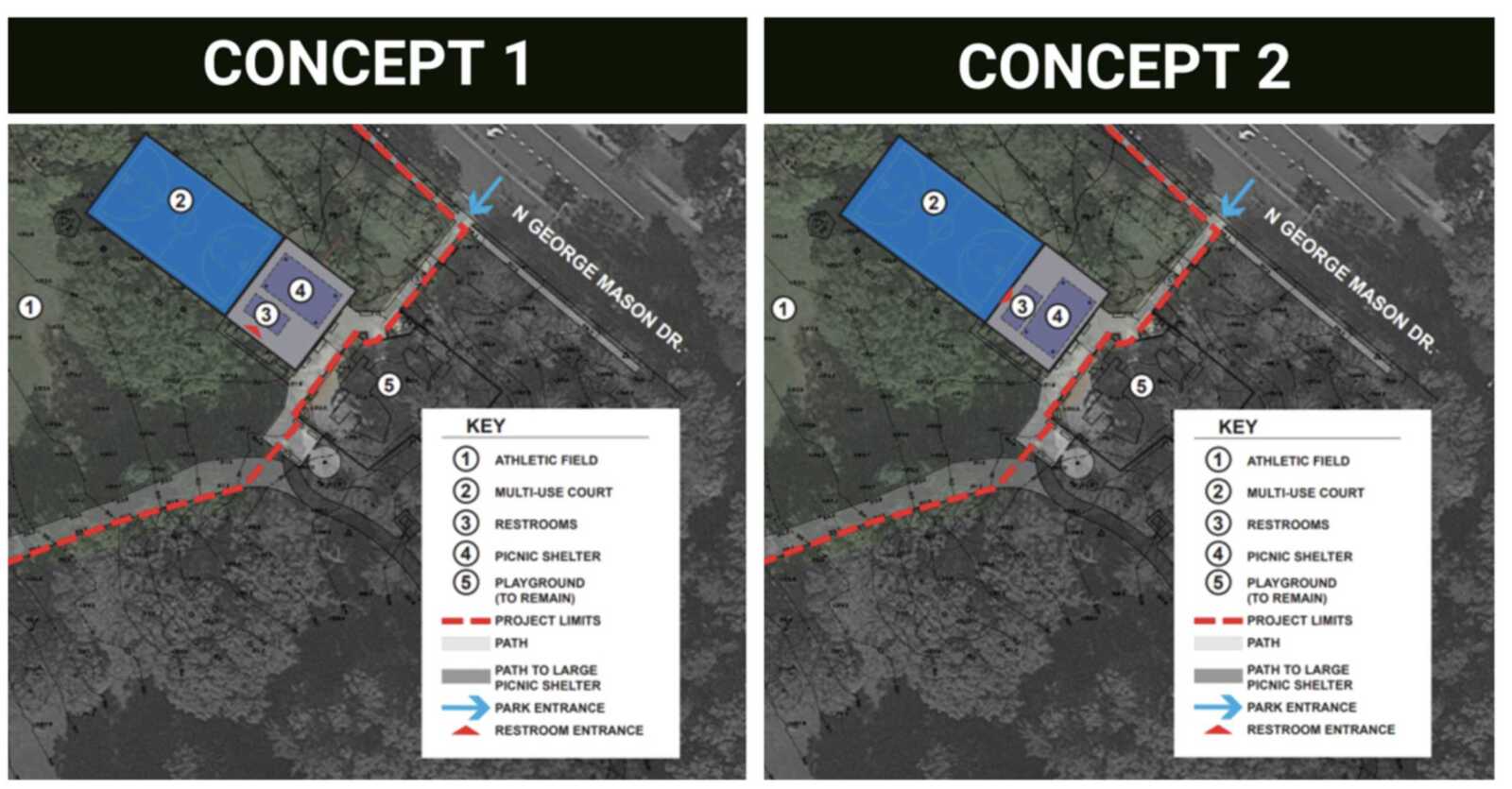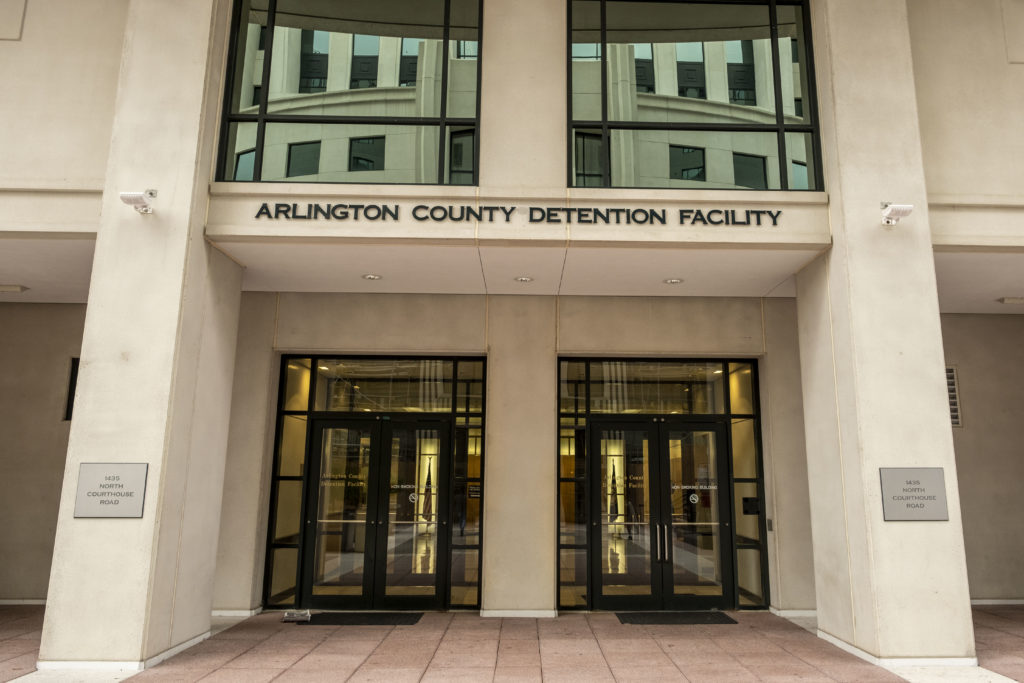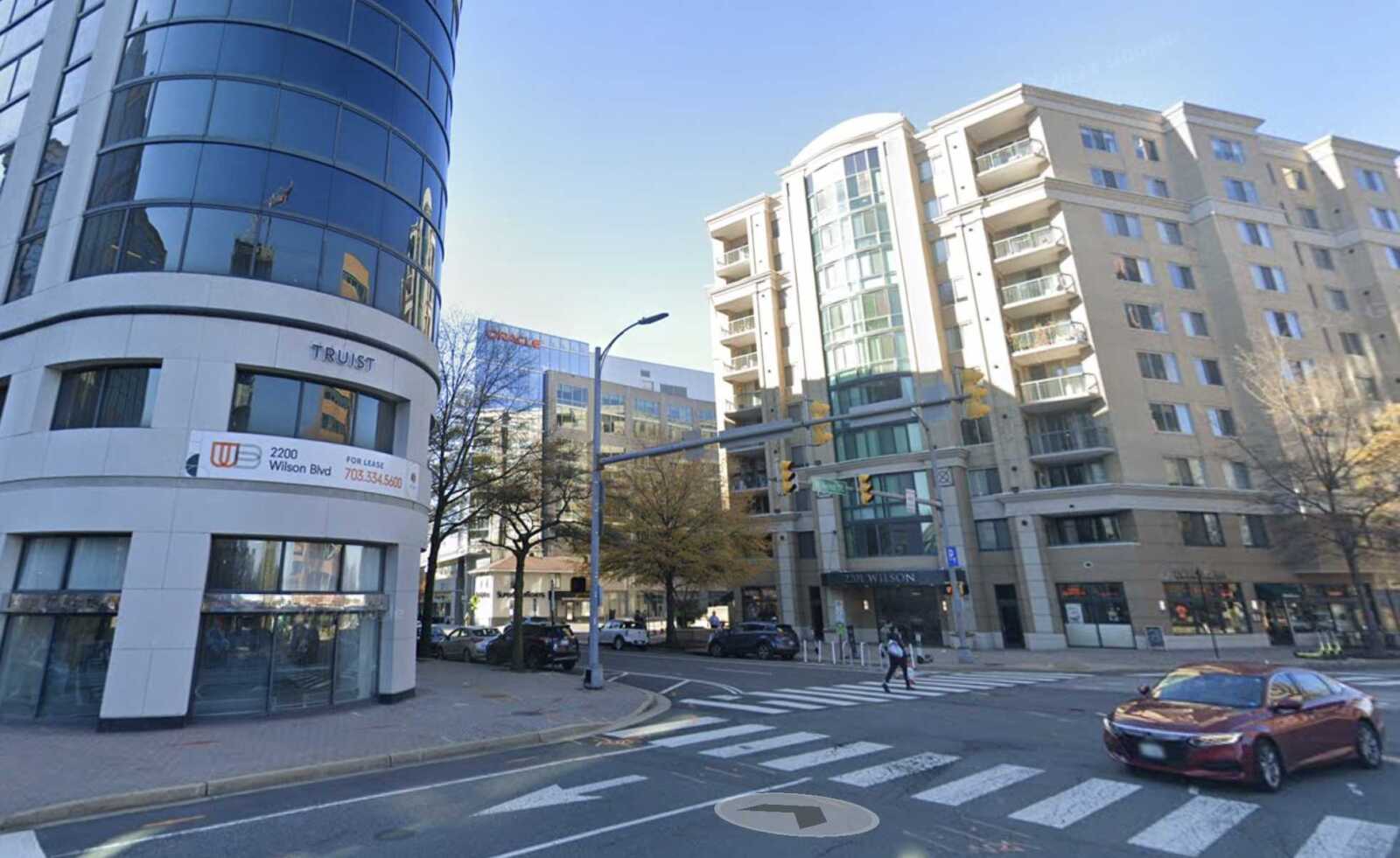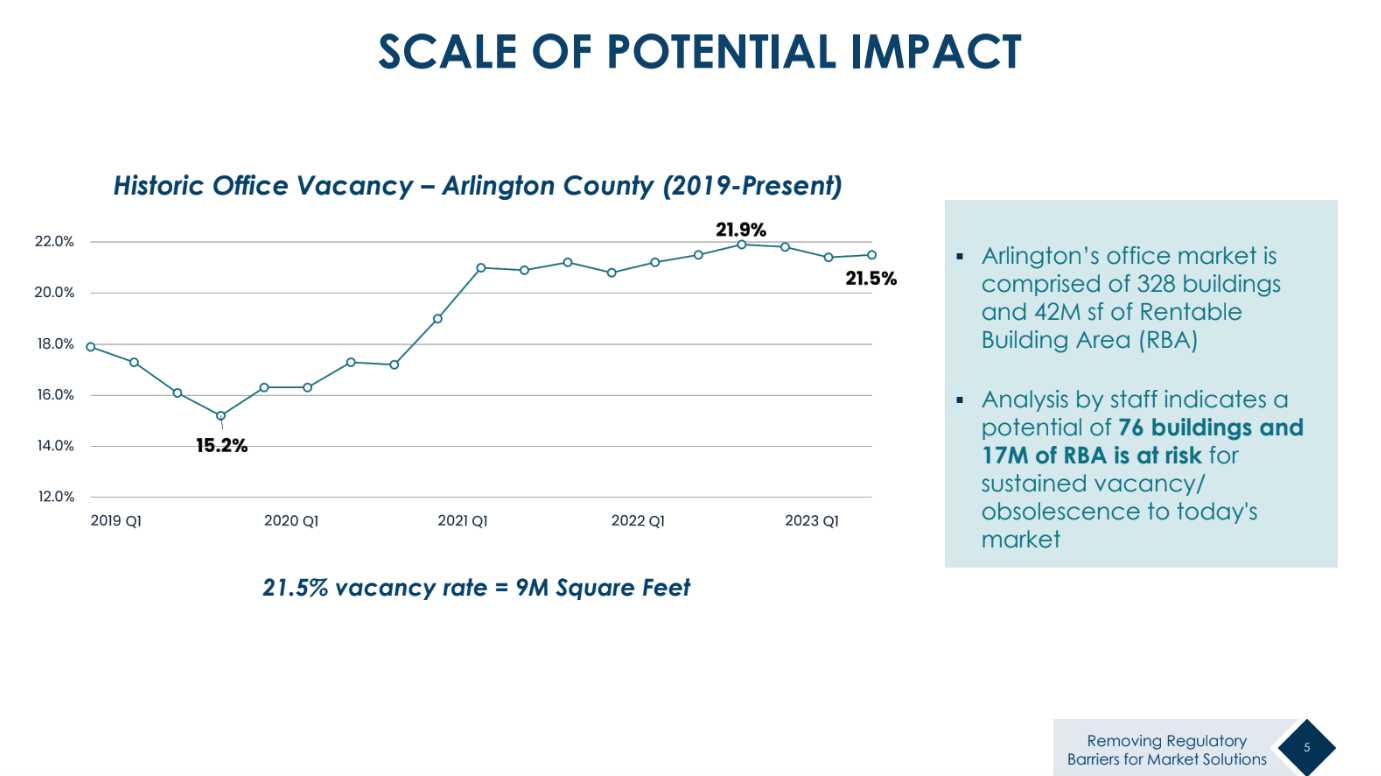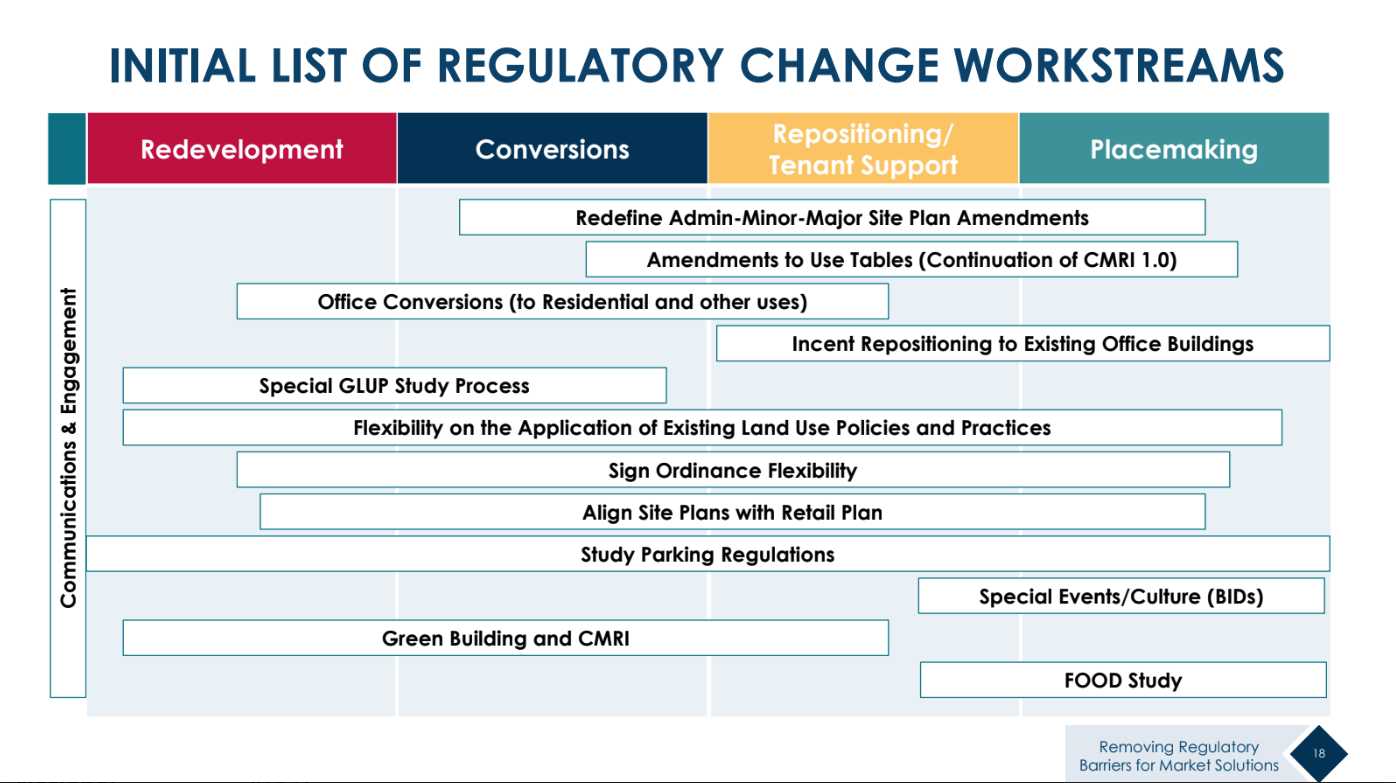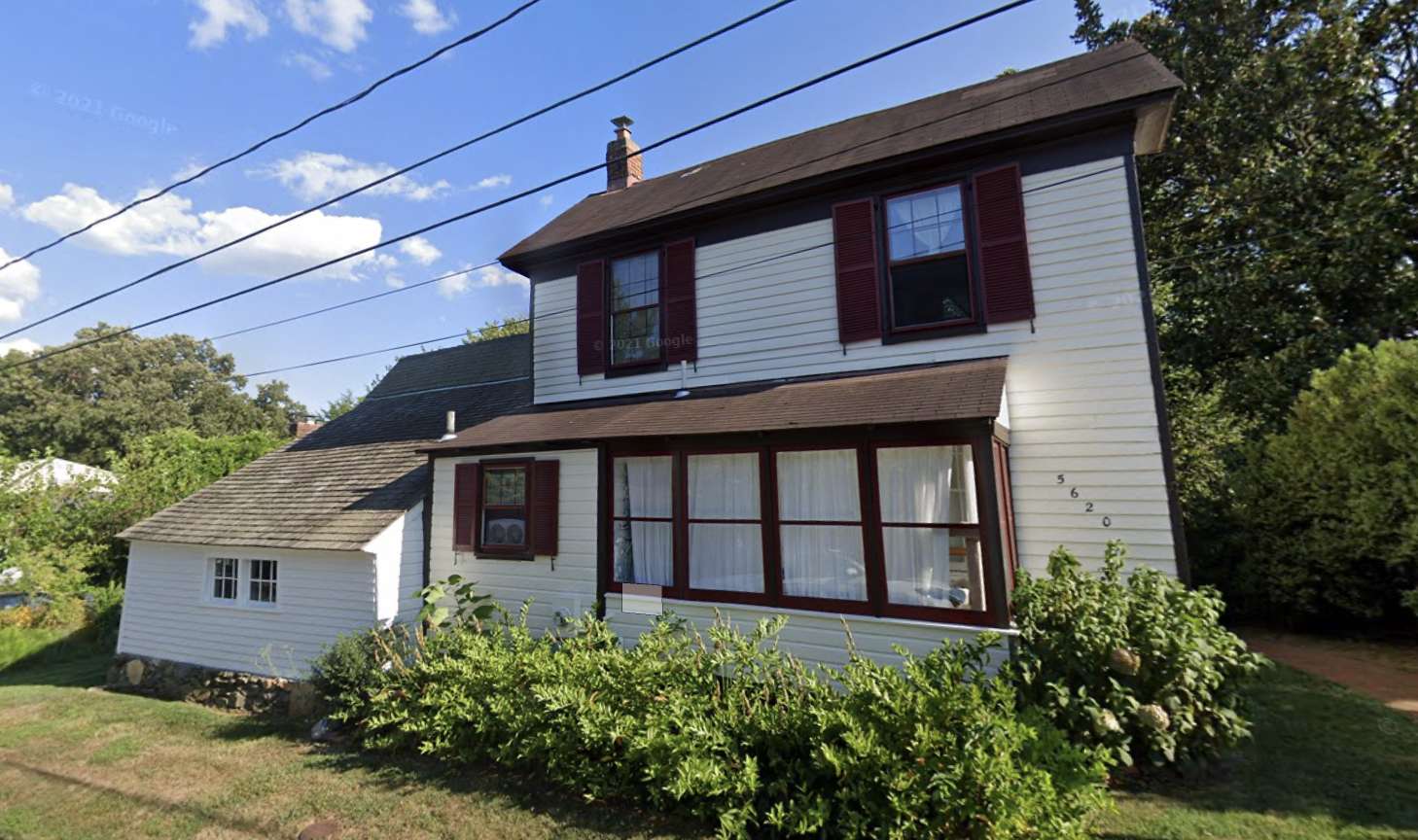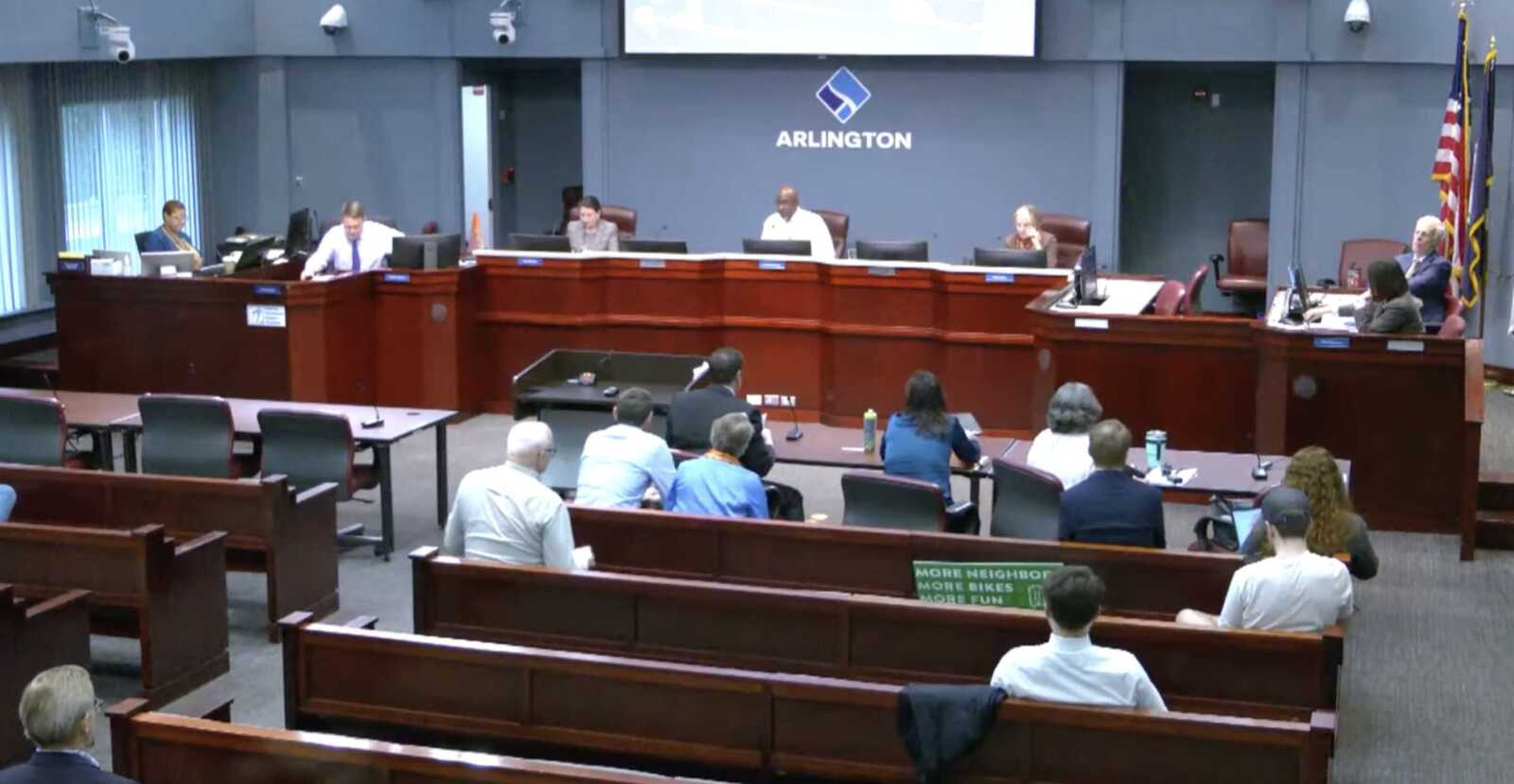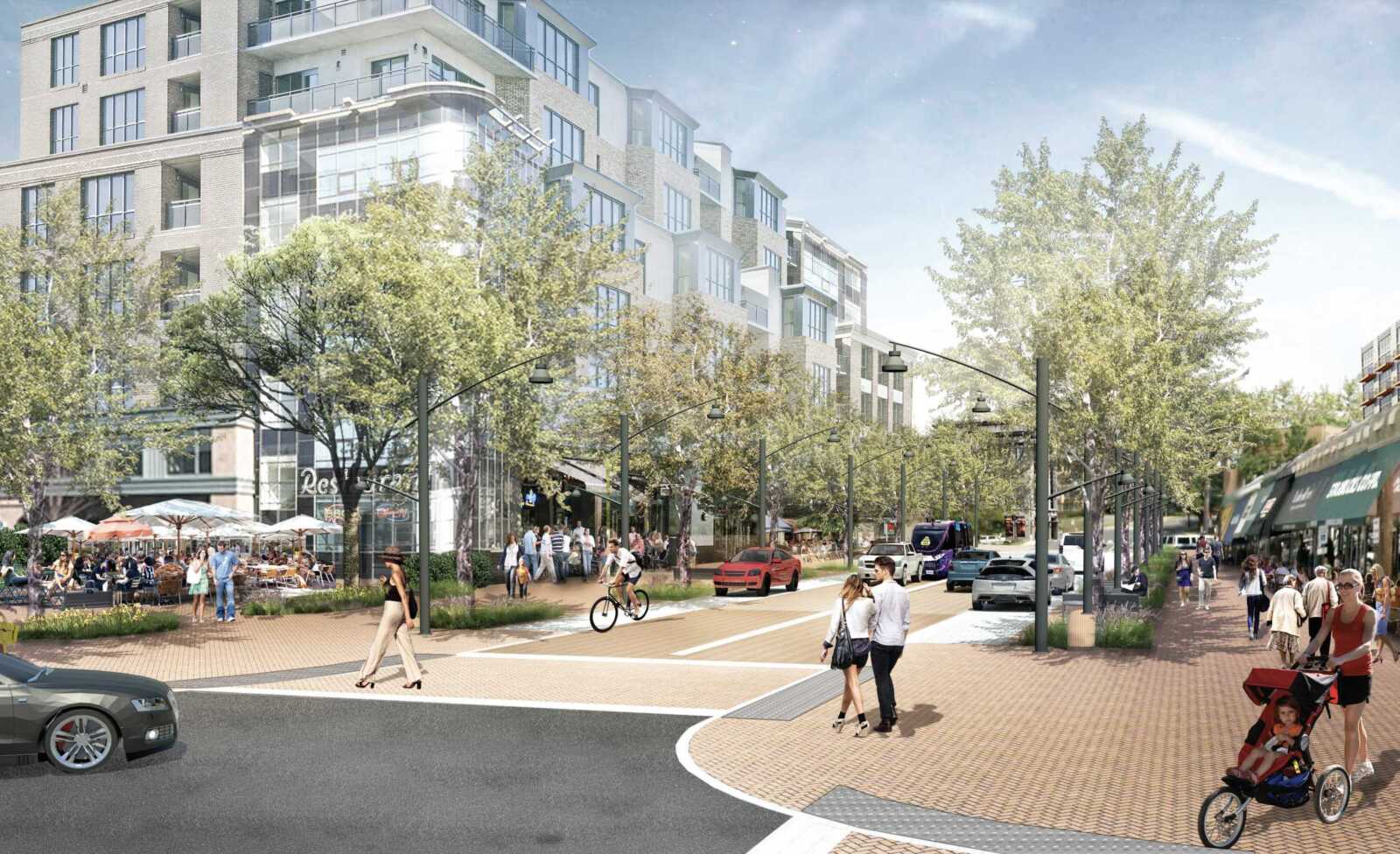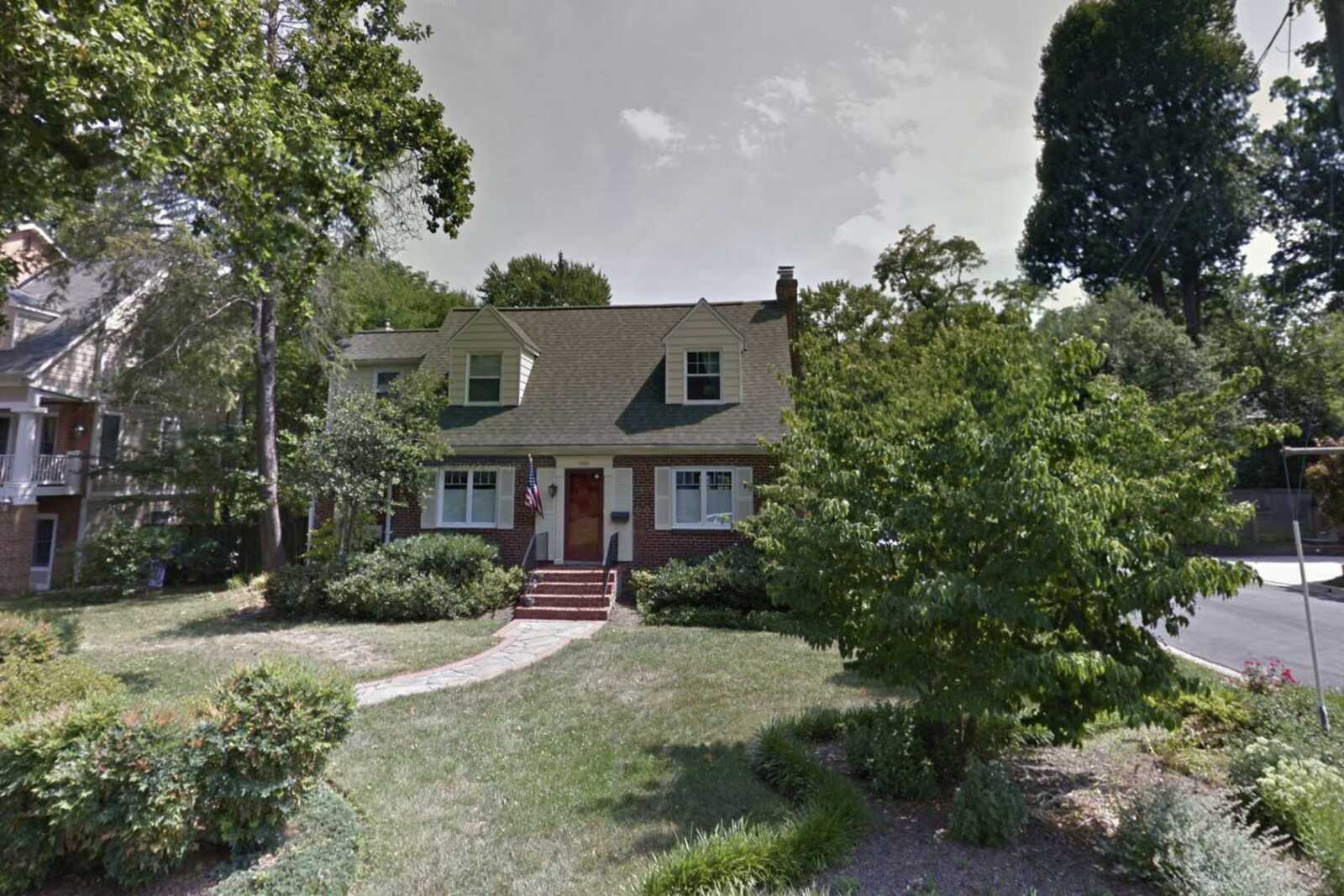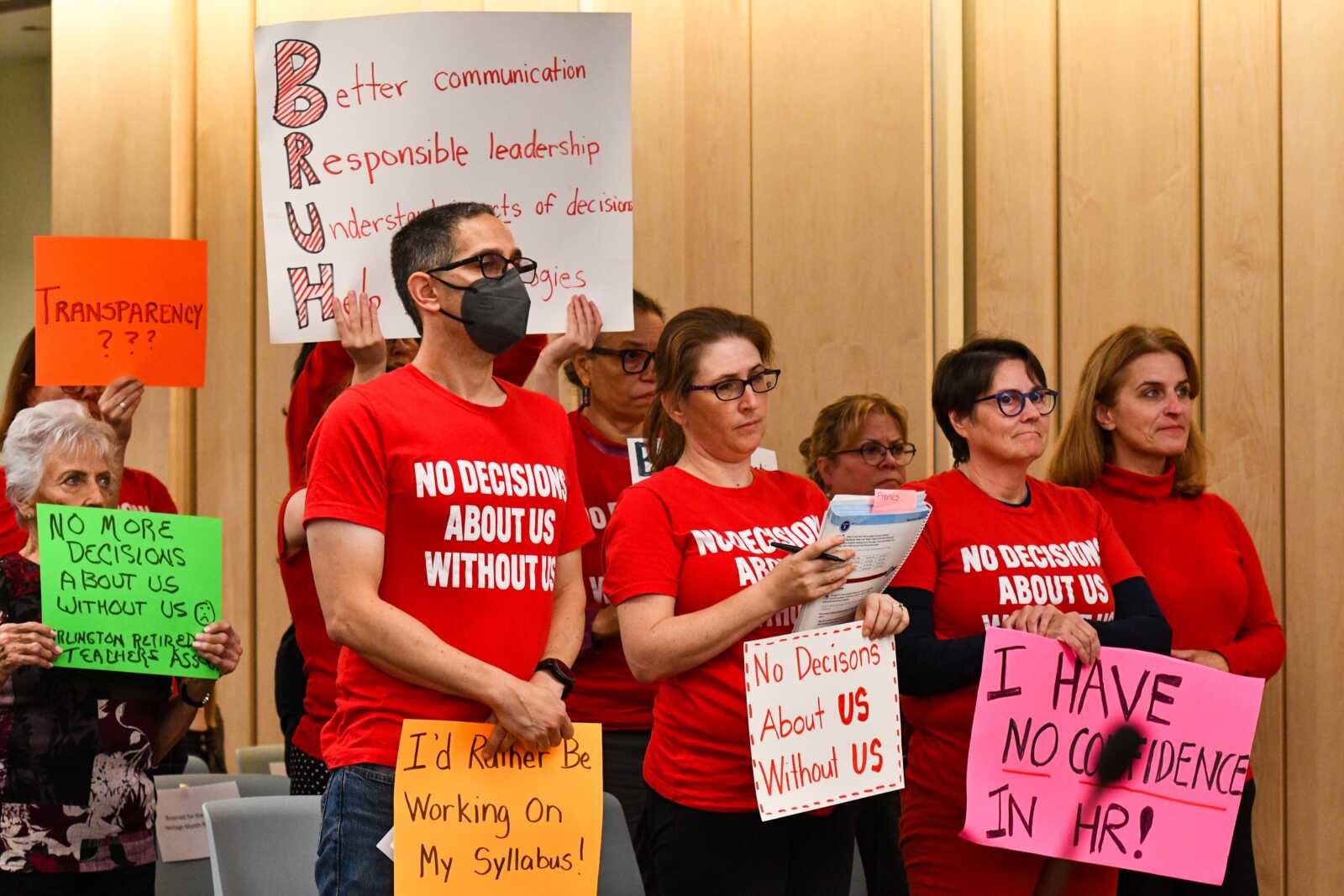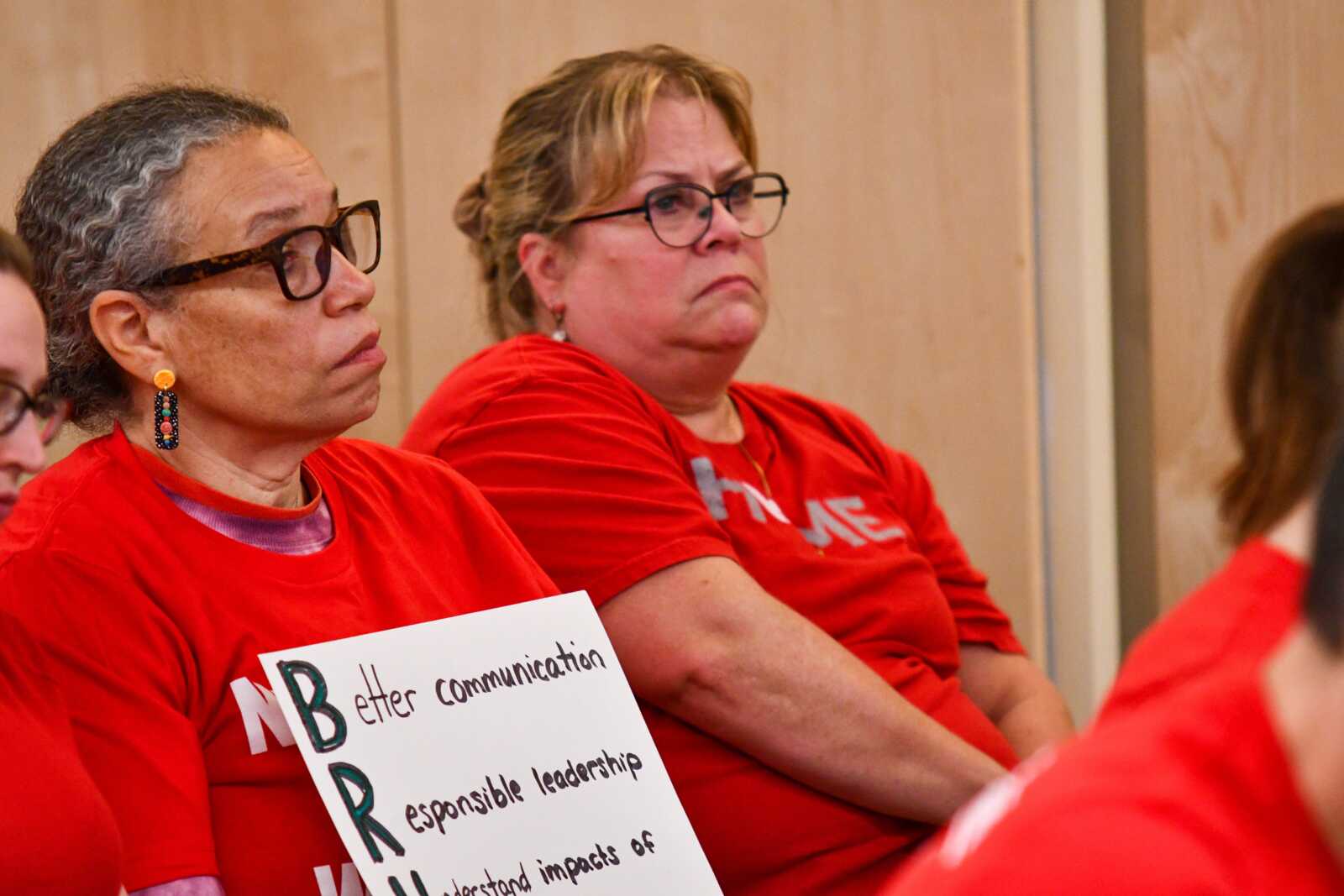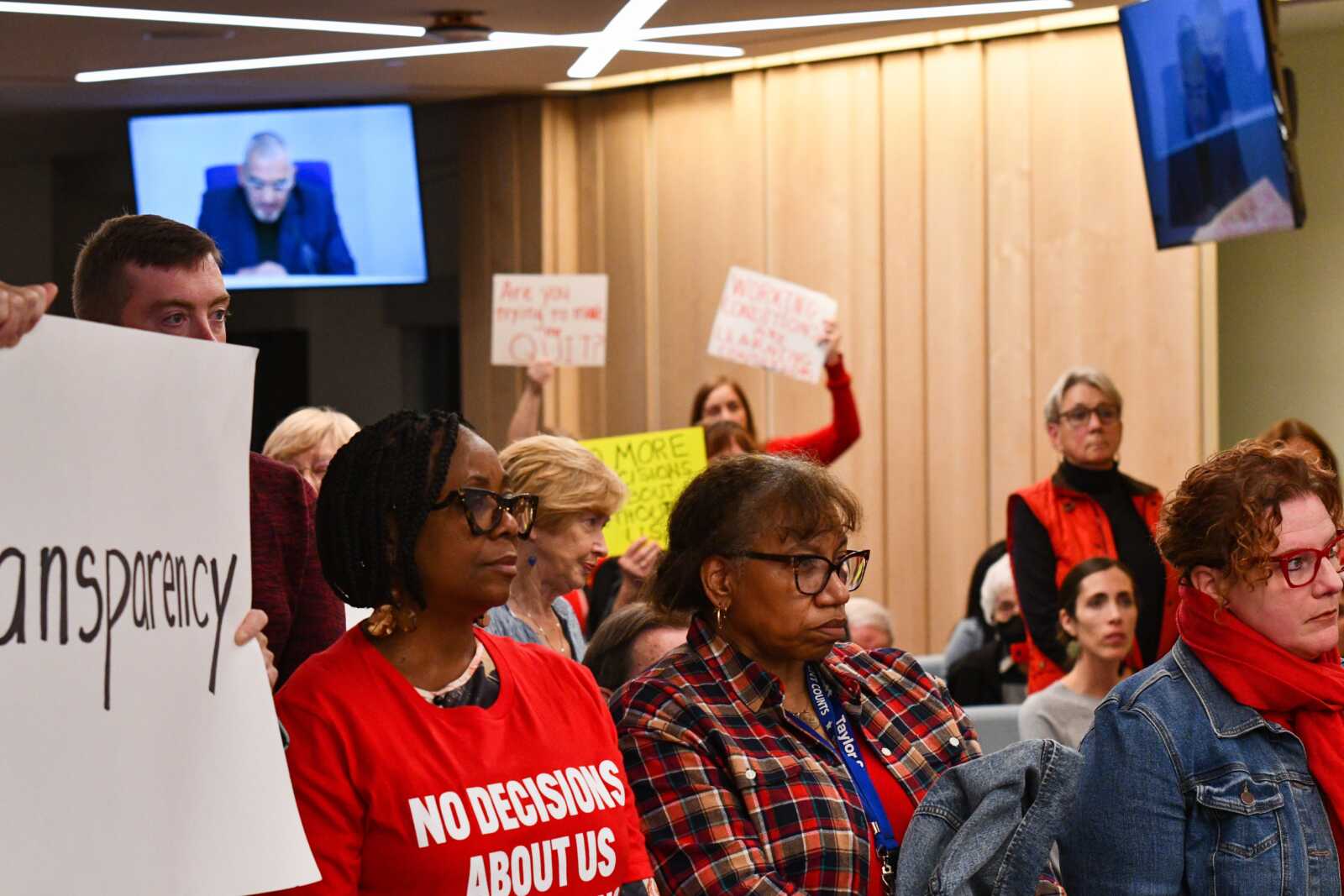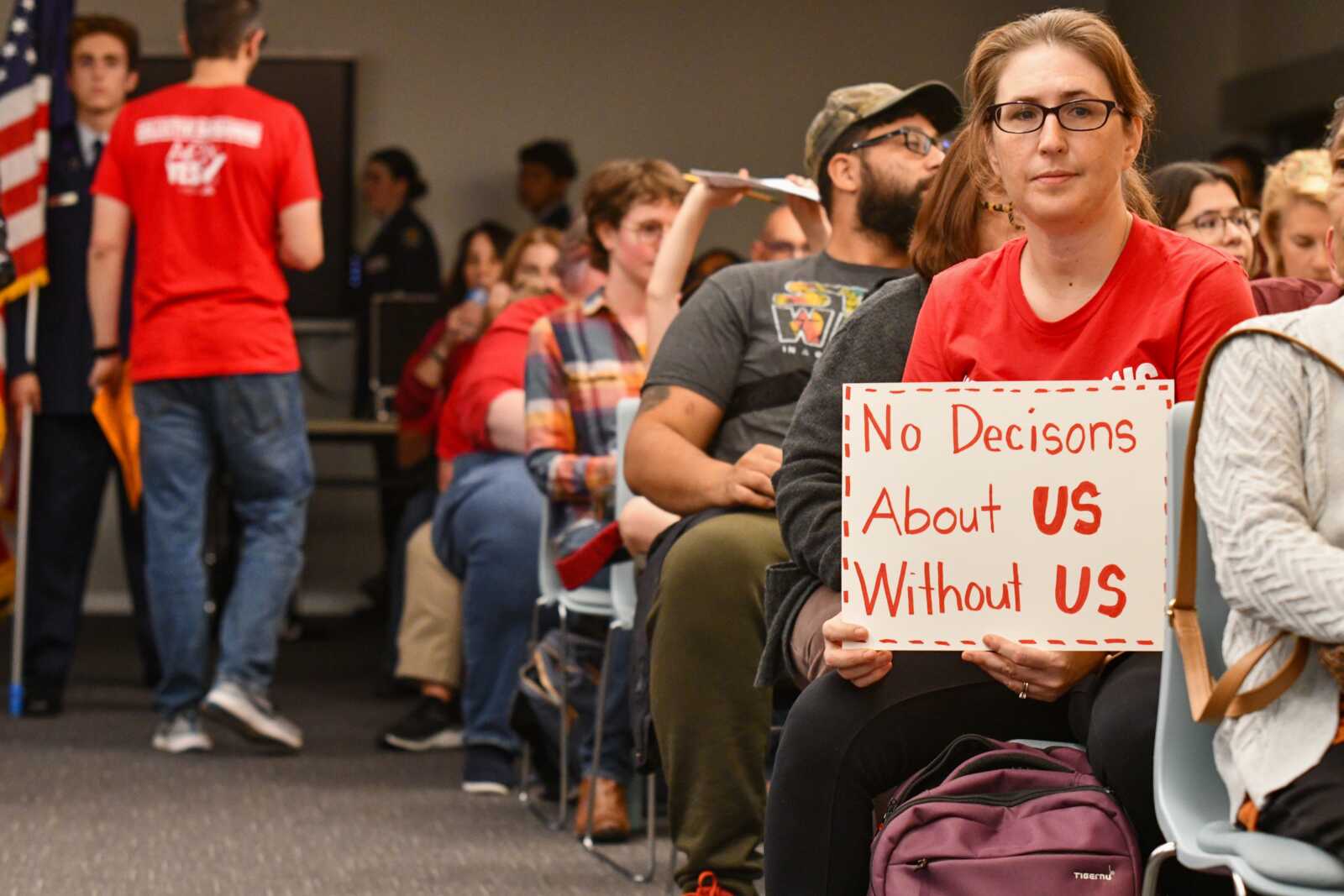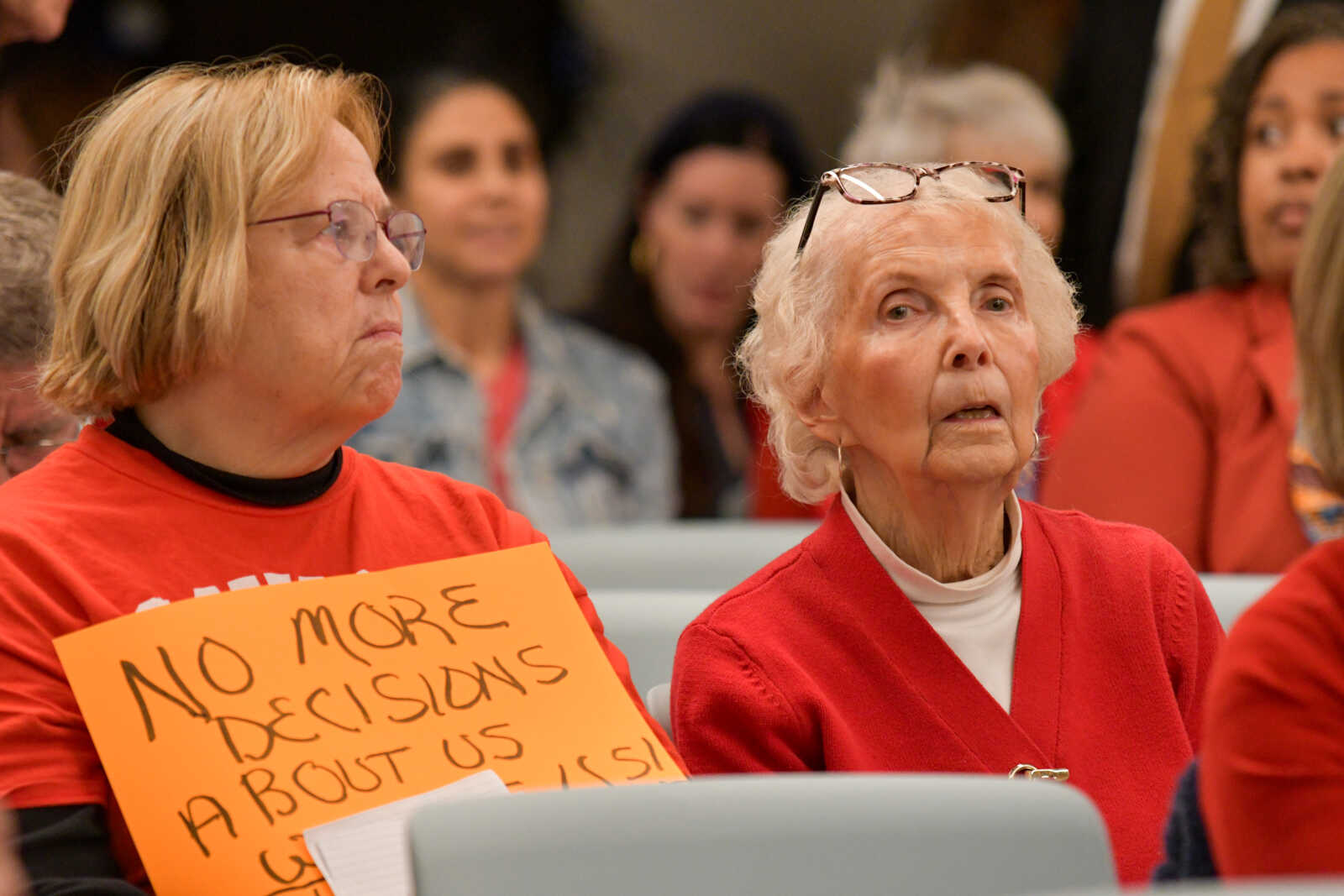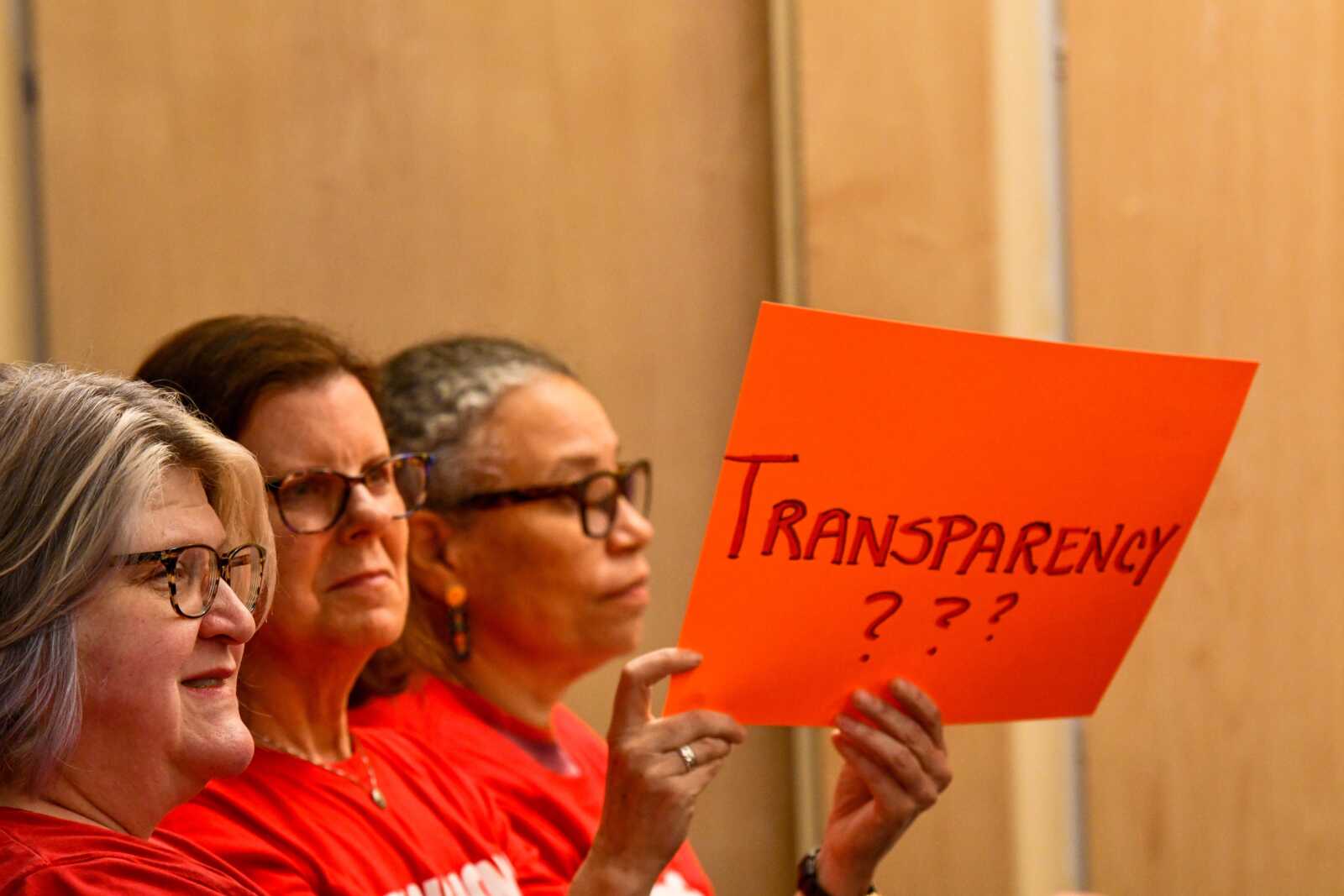(Updated at 11:35 a.m.) An Arlington rabbi led a group of Jewish and Muslim demonstrators, and allies, in prayer at a park near the White House on Thursday afternoon.
Rabbi Gilah Langner was one of several demonstrators who joined in a rally to denounce the violence perpetrated by Israel and Hamas and call on the Biden administration to address the humanitarian crisis.
“We need to stand for compassion, and ultimately peace and justice,” Langner, who leads the Jewish Reconstructionist synagogue Kol Ami, told ARLnow. “People can hold multiple views in their heads and grieve for both sides. It’s a staggering loss on both sides but in each community we feel the closeness to our own.”
Nearly two weeks ago, Israel declared war on the Palestinian militant group Hamas after it launched a surprise offensive. Some 1,400 Israelis and nearly 3,000 Palestinians are dead, authorities in each say, while Hamas holds hostage another 200.
Israel also cut off water, fuel and electricity to Gaza, though humanitarian aid — including $100 million from the U.S. — can now enter the Palestinian territories via Egypt, President Joe Biden announced this week.
Responding to the conflict more than 7,000 miles away, some members of Arlington’s faith community have turned to prayer and fasting, as well as organizing and fundraising. Some doing this work say they are focused on building bridges.
“These types of situations, always challenge friendships, they challenge relationships,” rally attendee Fatima Argun, the Inclusion and Equity Chair of Arlington County Democratic Committee and a Muslim, told ARLnow.
“So far I haven’t seen too much fallout as a result of it,” she said. “I think if anything, it’s made us stronger, and it’s made us more committed to creating understanding among ourselves so that we can take that understanding to put it in a larger context scale.”
Later this month, Kol Ami will also co-host a talk on faith and polarization by the Jewish-Islamic Dialogue Society of Washington, a nonprofit that brings together Jews and Muslims. It was planned a month ago and set to have an American focus — that could change now.
“It’s a very timely discussion,” Langner said, noting concerns about rising Islamophobia and anti-Semitism in the U.S.
This week, police in Illinois allege a man fatally stabbed a boy and wounded his mother after becoming “obsessed” with the Israel-Hamas war. Nationally, anti-Jewish hate crimes increased by 38% in 2022 to 1,306 incidents, while those against Muslims increased 8% to 205, according to new FBI data. Only a handful of these incidents have occurred in Virginia, the data indicate.
Last Shabbat, a week into the fighting, was a mournful one for Arlington synagogues, Kol Ami and Congregation Etz Hayim, as well as the Jewish society Chabad Lubavitch of Alexandria-Arlington. Etz Hayim incorporated special liturgical practices into its observance while the local Chabad lit candles to remember Israeli victims.
“We’ve added special prayers to our services and partnered with other area congregations for a vigil last week,” said Rabbi Amelia Wolf, who leads Etz Hayim. “We also held a day of fasting last week for the hostages taken by Hamas.”
Arlington Catholics were likewise called to fast on Tuesday.




